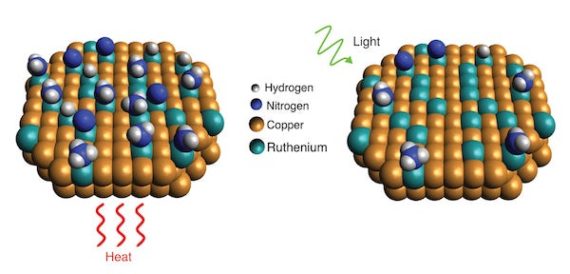Hydrogen continues on its course of always being five to ten years away as a cheap, viable storage mechanism for energy. The ideal of driving a car that emits only water vapor (or flying an airplane that zooms about on a few pounds of H2) seems like an ever-distant dream. Tina Casey, writing for Gas2.com reports on Rice University solution using stinky ammonia that might clear the air for hydrogen, though. She explains that the October 8th celebration of the fourth annual Hydrogen and Fuel Cell Day was great for natural gas stakeholders, since the gas is the primary source today for hydrogen. Her headline indicates this could become a leading way to store and extract H2: “Forget the Hydrogen Economy, Here Comes the Ammonia Economy.” So Desirable. So Hard to Get. Casey explains the big drawbacks to this market – fugitive greenhouse gas emissions and natural gas’s non-sustainable nature. Another factor, the often high cost of producing H2, adds to …
EMG-6 Takes First Hops
Brian Carpenter of Adventure Aircraft Inc. (part of his Rainbow Aviation Company) must trust his engineering, since he acted as his own test pilot for the first flights of his EMG-6 ultralight glider, a craft with options of mounting one, two, three (or even four, as Brian suggests) electric motors. As an ultralight motor glider it can carry a pilot, ballistic parachute, and a small powerpack with one motor, controller and batteries. Depending on the pilot’s weight, the airplane might be able to self launch and reach soaring altitude, or for heavier payloads, use the motor as a sustainer unit after a ground or aircraft tow to seek out distant thermals. While waiting for this next development, look at the number three test flight, towed from the runway by a “quad” all-terrain vehicle (ATV) and on landing demonstrating a remarkably short landing roll into only a 9-mph wind. Currently favored, the Plettenberg Predator motor and a Schulze 400-Amp motor controller …

